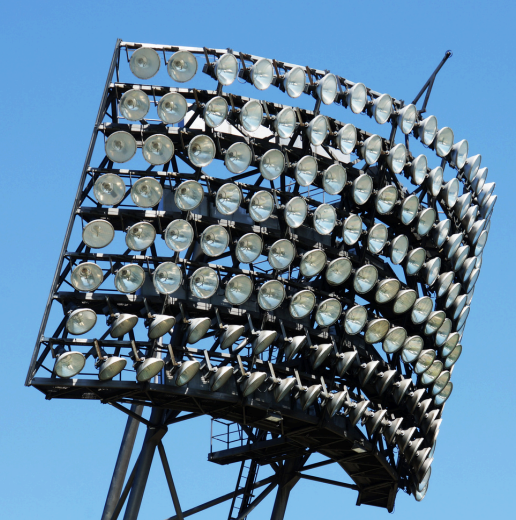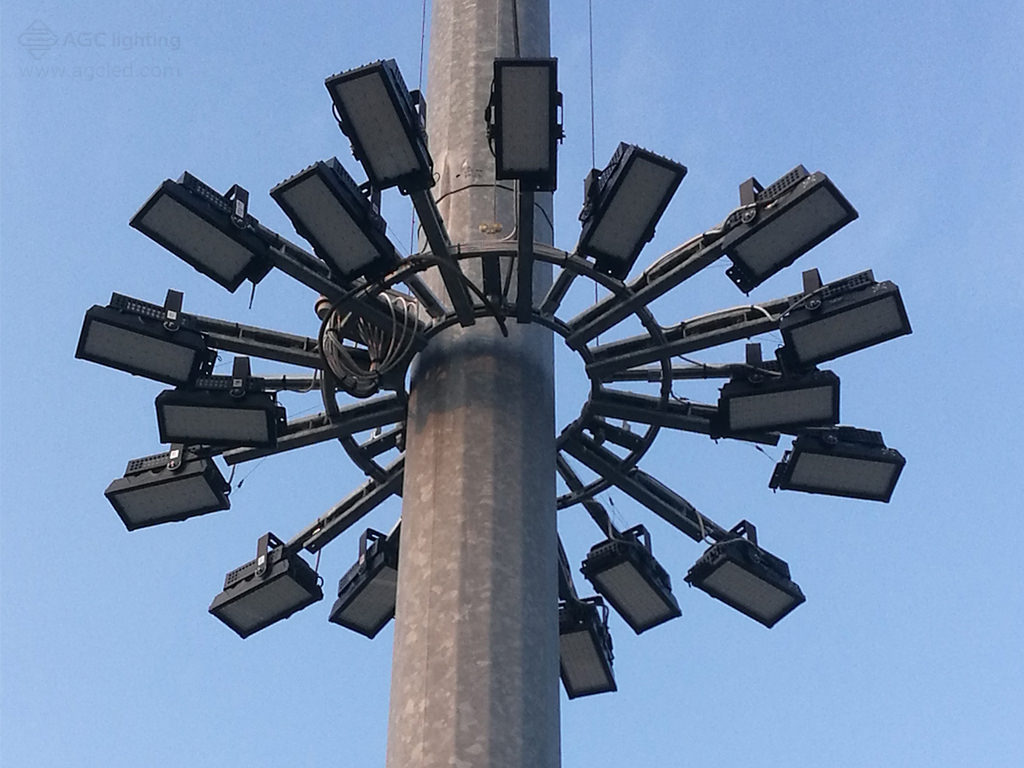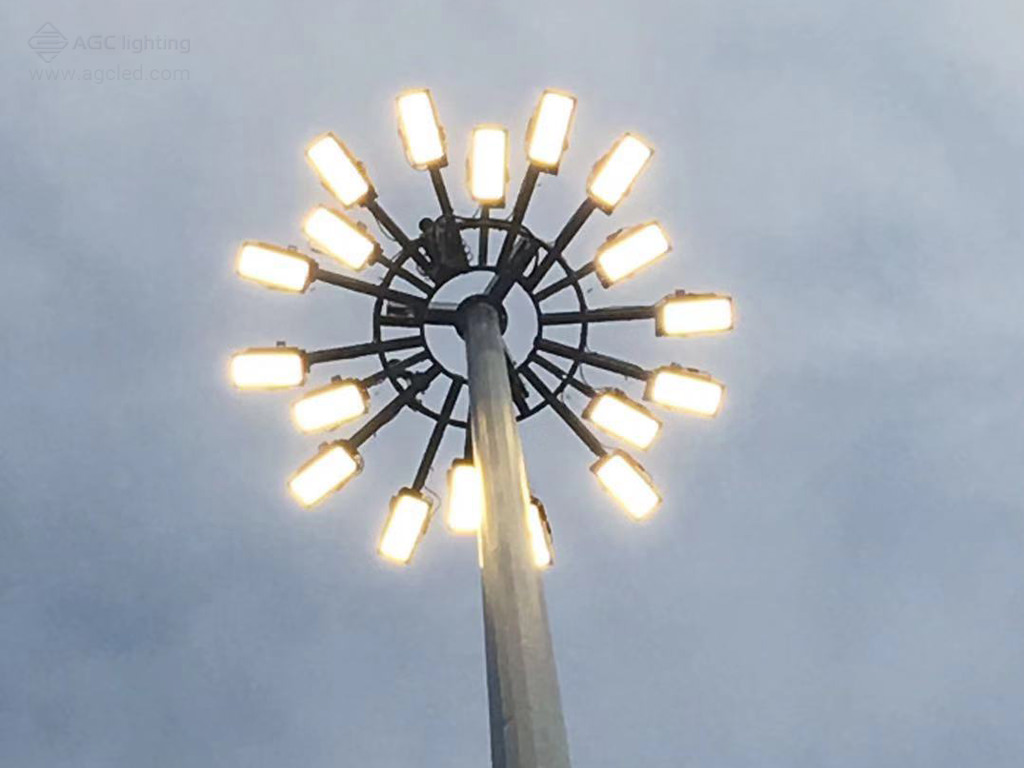
LED floodlights are high-intensity, energy-efficient lighting solutions designed to illuminate large areas such as stadiums, parking lots, warehouses, and public spaces. These lights use Light Emitting Diode (LED) technology, which offers superior brightness, durability, and efficiency compared to traditional lighting systems like halogen or fluorescent lamps. With their ability to provide uniform lighting over wide spaces, LED floodlights are a preferred choice for outdoor and industrial applications. In addition to their brightness, LED floodlights are environmentally friendly, consuming significantly less energy while producing minimal heat. They have a longer lifespan, reducing maintenance costs and the need for frequent replacements. Their adaptability to various lighting conditions and their availability in different wattages make them suitable for both commercial and residential use, ensuring optimal performance and sustainability.



One of the main challenges in LED floodlight projects is the higher upfront cost compared to traditional lighting solutions. While LED technology offers long-term savings, the initial investment can be a deterrent for budget-conscious customers. Another issue is the potential for overheating in high-power LED floodlights, which can reduce their efficiency and lifespan if not properly managed. Moreover, ensuring uniform light distribution and avoiding glare can be challenging, particularly in large installations. Poor-quality LEDs in the market can further complicate matters, leading to subpar performance and customer dissatisfaction. Adapting LED floodlights for outdoor use also requires robust waterproofing and weather-resistant features to withstand harsh environmental conditions.
To address cost-related concerns, governments and organizations can promote the adoption of LED floodlights through subsidies, tax benefits, or financial incentives. Educating consumers about the long-term cost savings and energy efficiency of LEDs can help overcome resistance to the initial investment. Incorporating high-quality materials and advanced heat dissipation technologies in LED floodlights can prevent overheating and ensure consistent performance. For better light distribution and reduced glare, manufacturers can use precision optics and adjustable mounting systems, allowing users to customize the lighting angle and intensity. Ensuring compliance with industry standards and certifications guarantees the quality and reliability of the products. Outdoor installations can benefit from LED floodlights designed with weatherproof casings, corrosion-resistant materials, and IP-rated protection to endure extreme weather conditions, ensuring durability and reliability.